The Ultimate Guide to Maximizing Your Workout
The Leg Press is one of the most effective lower body exercises, targeting your quadriceps, hamstrings, glutes, and calves. While it may seem straightforward, subtle changes in foot positioning can dramatically shift muscle activation, allowing you to customize your workout for different results.
Fitness icons Rich Gaspari and Aliona demonstrate how classic Leg Press movements can be modified to emphasize specific muscles. This guide will help you understand how to maximize the benefits of the Leg Press by adjusting your foot placement, ensuring that every rep counts.

The Benefits of the Leg Press
Before diving into foot positioning, let’s explore why the Leg Press is a must-have in your leg day routine:
Strengthens Lower Body Muscles
Engages quads, hamstrings, and glutes for a powerful lower body.
Reduces Lower Back Stress
Unlike squats, the Leg Press allows you to work your legs with less spinal load.
Enhances Muscle Growth
Adjusting foot placement helps target muscles more effectively, leading to balanced leg development.
Ideal for Beginners and Advanced Lifters
Provides a controlled movement that’s safer than free-weight exercises like squats.
How Foot Placement Affects Your Leg Press Workout
1. Standard Foot Placement: Balanced Muscle Engagement
The traditional Leg Press stance involves placing your feet shoulder-width apart in the middle of the footplate. This engages the quadriceps, hamstrings, and glutes evenly, making it ideal for overall leg development.
Tip: Keep your knees aligned with your toes and avoid locking your knees at the top of the movement.
2. High Foot Placement: Glute and Hamstring Focus
Placing your feet higher on the footplate shifts emphasis to the hamstrings and glutes. This variation is great for building posterior chain strength and developing a more rounded, powerful lower body.
Benefits:
- Reduces stress on the knees
- Targets the back of the legs more than the quads
- Helps strengthen hip extensors
3. Low Foot Placement: Quad-Dominant Press
If you want to build strong quads, a low foot placement is your go-to technique. By positioning your feet lower on the plate, your quadriceps bear more of the load, giving you an intense burn in the front of your thighs.
Key Considerations:
- This position increases knee flexion, so avoid it if you have knee pain.
- Best for hypertrophy (muscle growth) in the quadriceps.
4. Wide Stance: Inner Thigh and Glute Activation
A wider foot stance targets the inner thighs (adductors) and glutes more effectively. If your goal is to improve overall leg thickness and strength, this is a great addition to your Leg Press routine.
Why It Works:
- Increases inner thigh activation
- Helps improve hip mobility and strength
- Great for developing a balanced lower body
5. Narrow Stance: Outer Quad Emphasis
A close foot placement shifts the focus to the outer quads (vastus lateralis). This technique helps build that coveted “sweep” in the quads, enhancing leg aesthetics.
Best Practices:
- Keep feet close together but maintain proper knee alignment.
- Perform slow, controlled reps for maximum engagement.

Common Mistakes to Avoid on the Leg Press
Locking Out Your Knees – This can put unnecessary stress on your joints and increase injury risk.
Lifting Your Hips Off the Seat – Keep your lower back and hips firmly pressed against the seat to avoid spinal strain.
Using Too Much Weight – Focus on proper form and control rather than loading the machine excessively.
Feet Too Low or Too High – Extreme foot placements can cause knee discomfort or limit range of motion.
How to Incorporate the Leg Press into Your Workout Routine
For best results, integrate the Leg Press into your leg day routine with different variations:
Beginner Routine:
- Standard Leg Press: 3 sets of 10-12 reps
- Wide Stance Leg Press: 3 sets of 12 reps
- Narrow Stance Leg Press: 3 sets of 12 reps
Advanced Routine:
- High Foot Leg Press: 4 sets of 8-10 reps
- Low Foot Leg Press: 4 sets of 10 reps
- Wide Stance Leg Press: 4 sets of 12 reps
- Drop Set: Reduce weight and perform 12 reps until failure

Leg Press vs. Squats: Which One is Better?
Both the Leg Press and squats are effective lower body exercises, but they serve different purposes:
|
Feature |
Leg Press |
Squats |
|
Back Support |
Yes |
No |
|
Quadriceps Activation |
High |
High |
|
Glute & Hamstring Engagement |
Moderate |
High |
|
Core Activation |
Low |
High |
|
Risk of Lower Back Injury |
Low |
Higher |
Which Leg Press Variation is Best for You?
Ultimately, your foot placement should match your training goals. Rich Gaspari and Aliona showcase how subtle variations can lead to different results. If you want well-rounded leg development, incorporate multiple stances into your training.
What’s Your Favorite Leg Press Foot Position?
Now that you understand the benefits of different Leg Press techniques, which foot positioning do you prefer? Try experimenting with different placements and see what works best for you.
Let us know your favorite variation in the comments below!
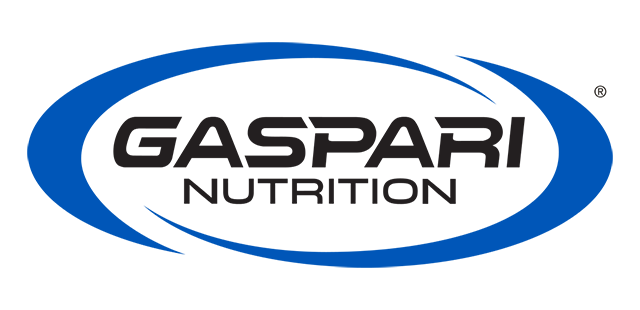
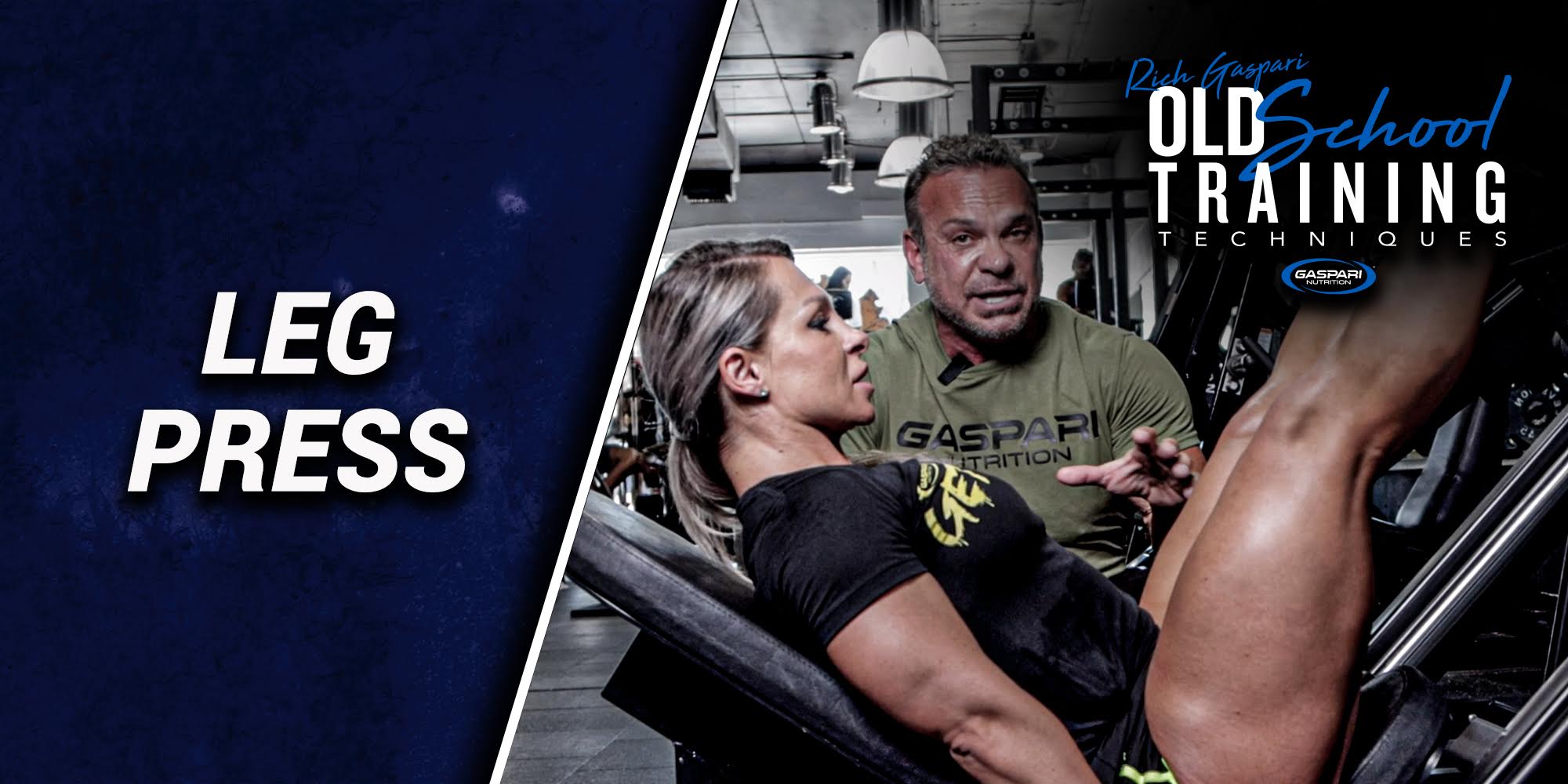










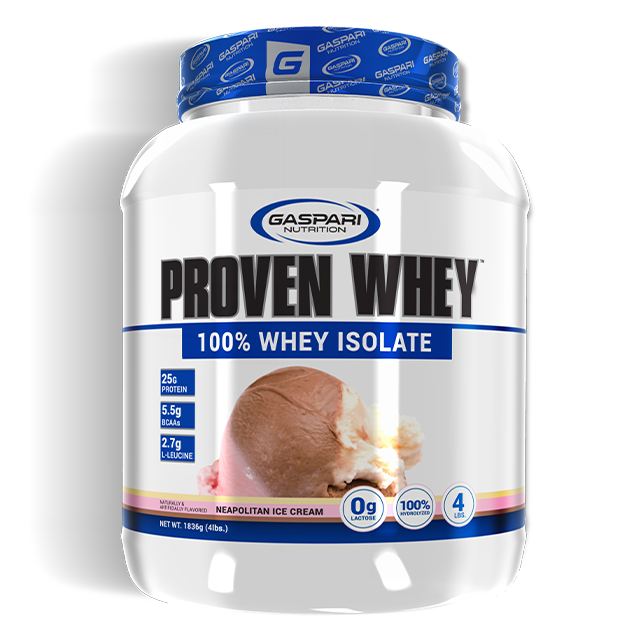






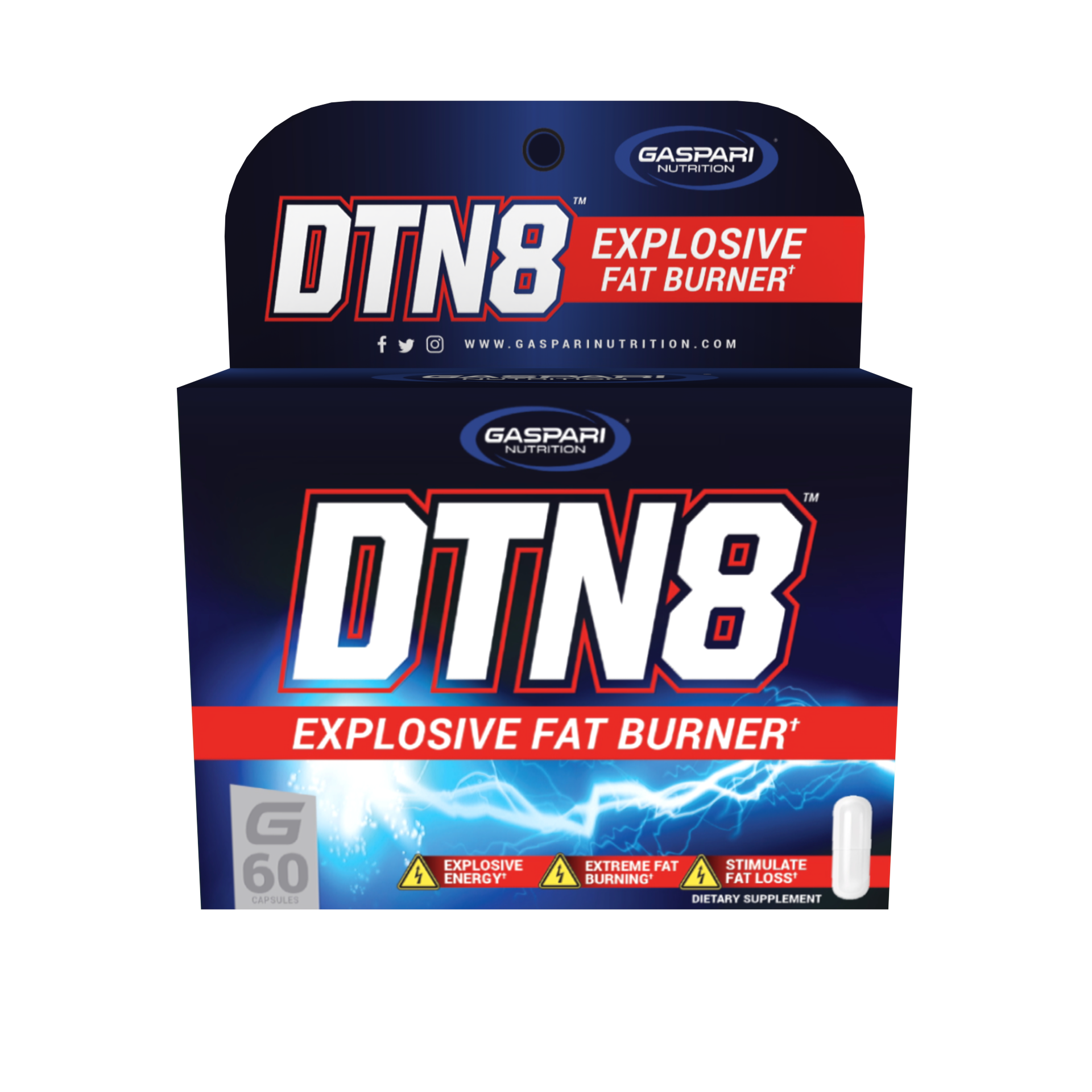
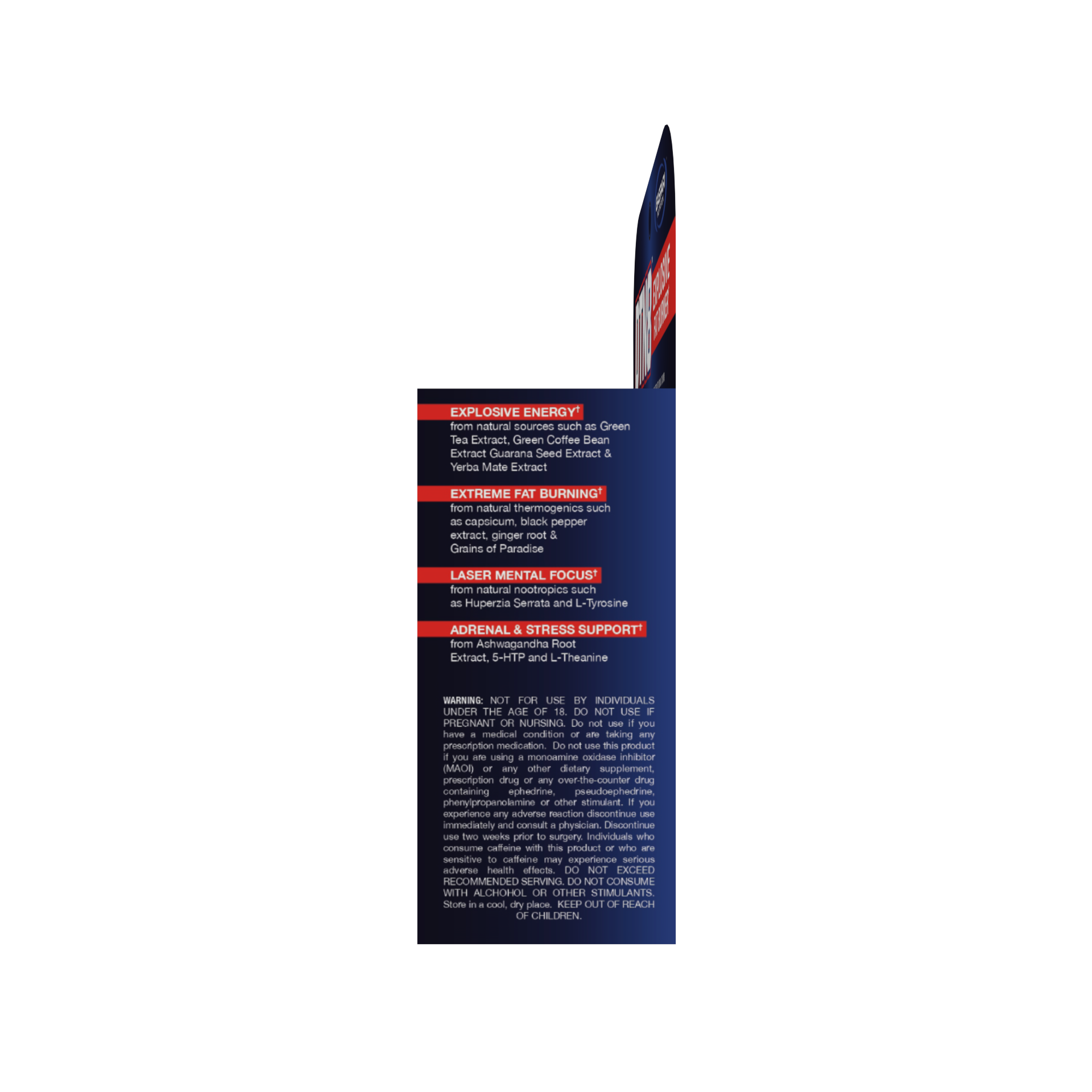
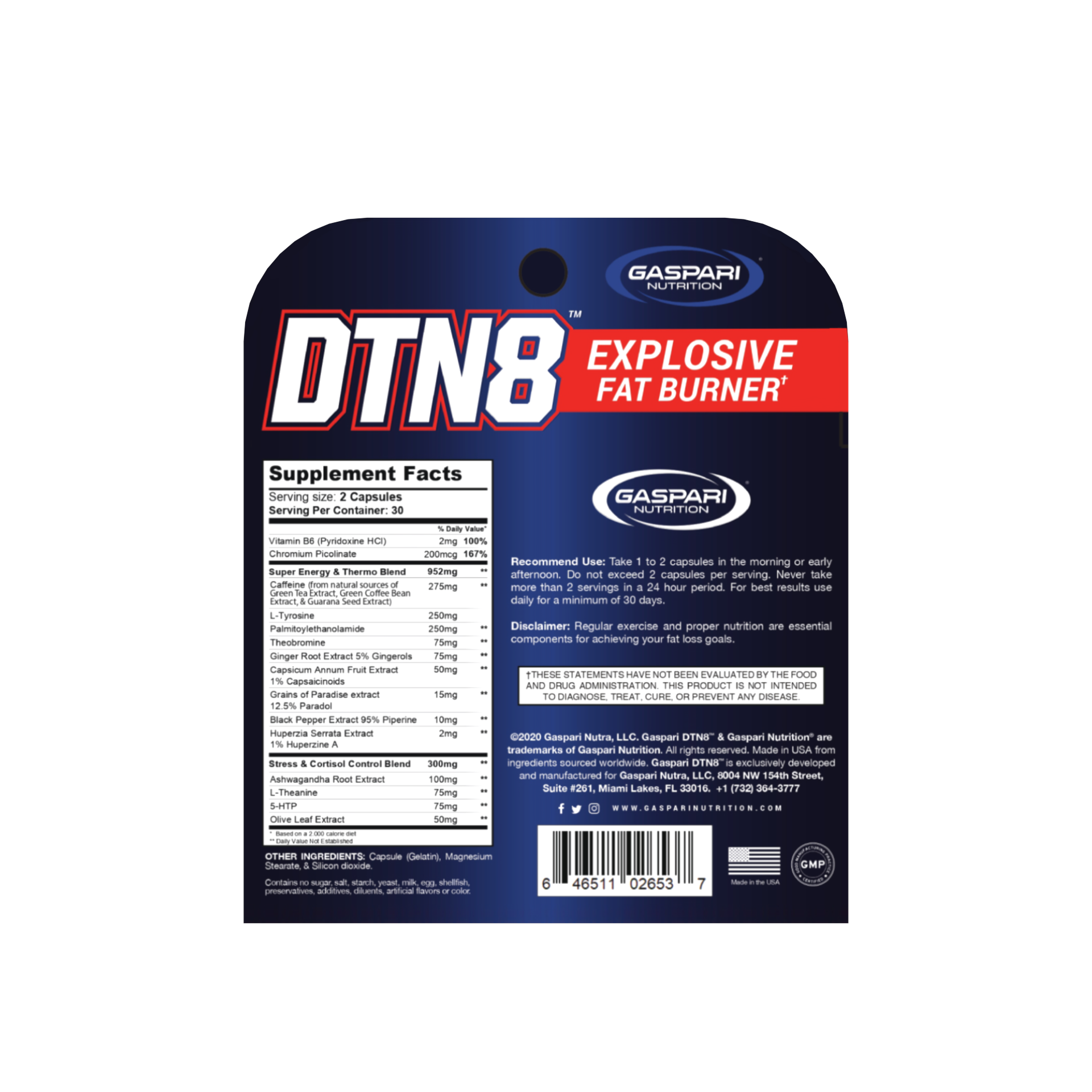
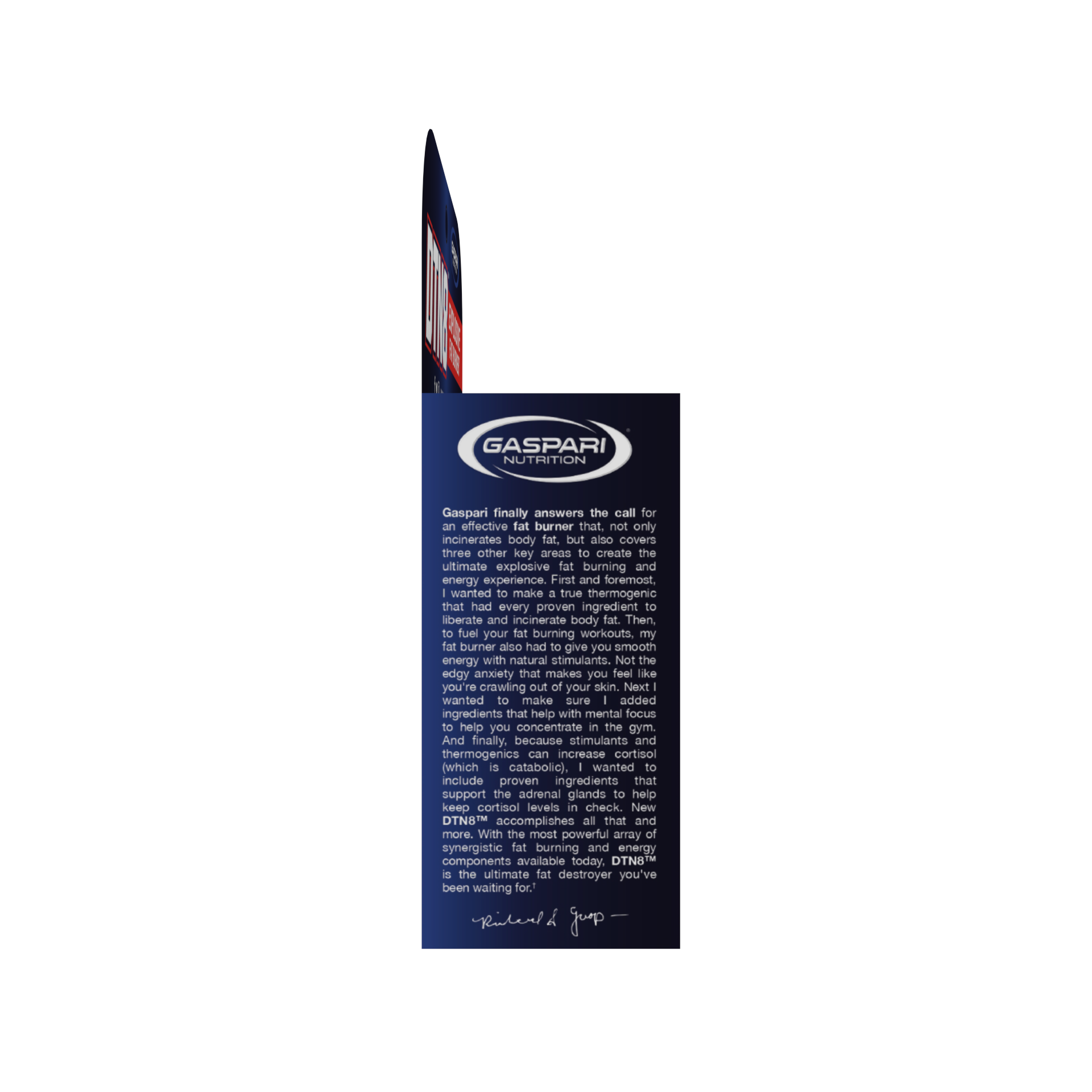
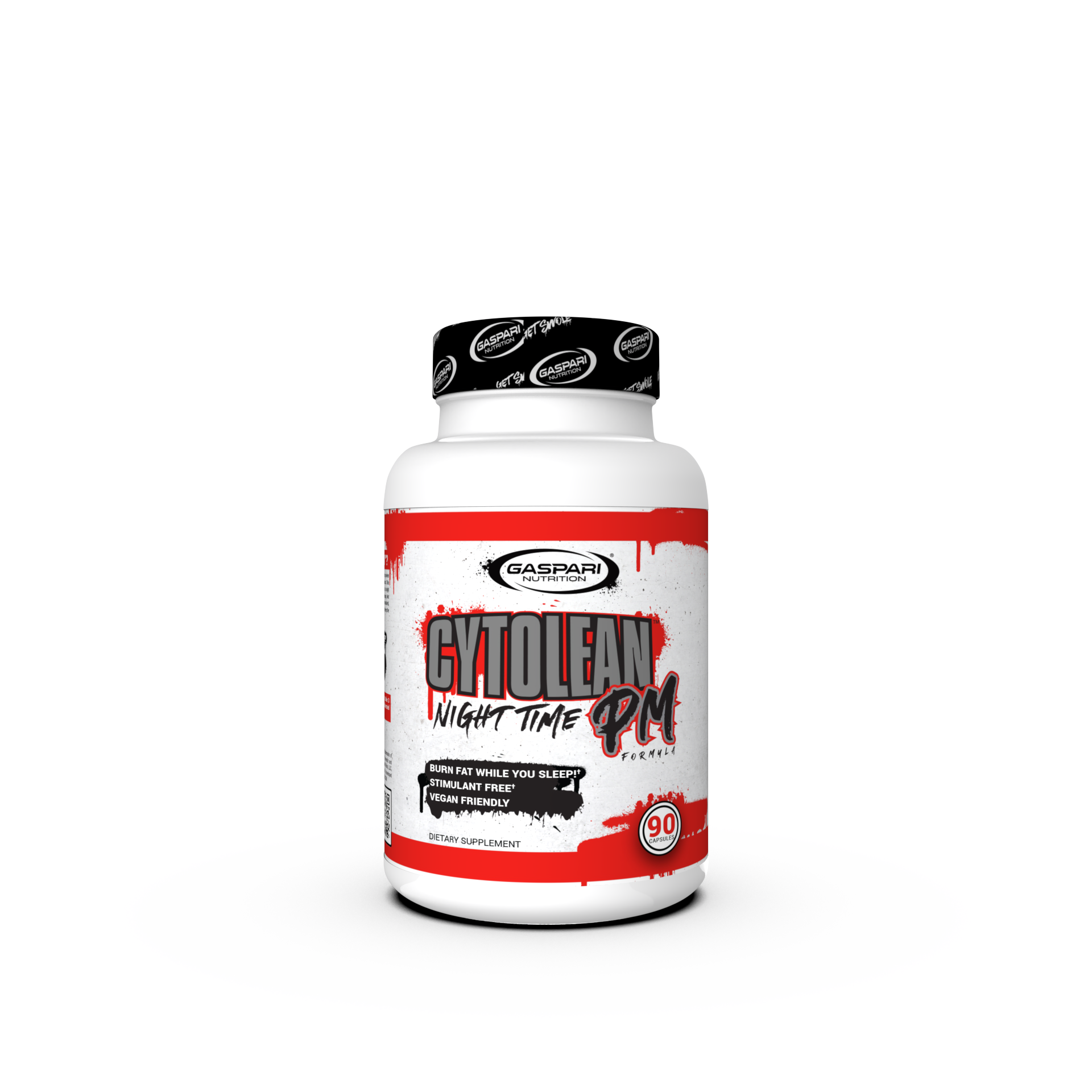

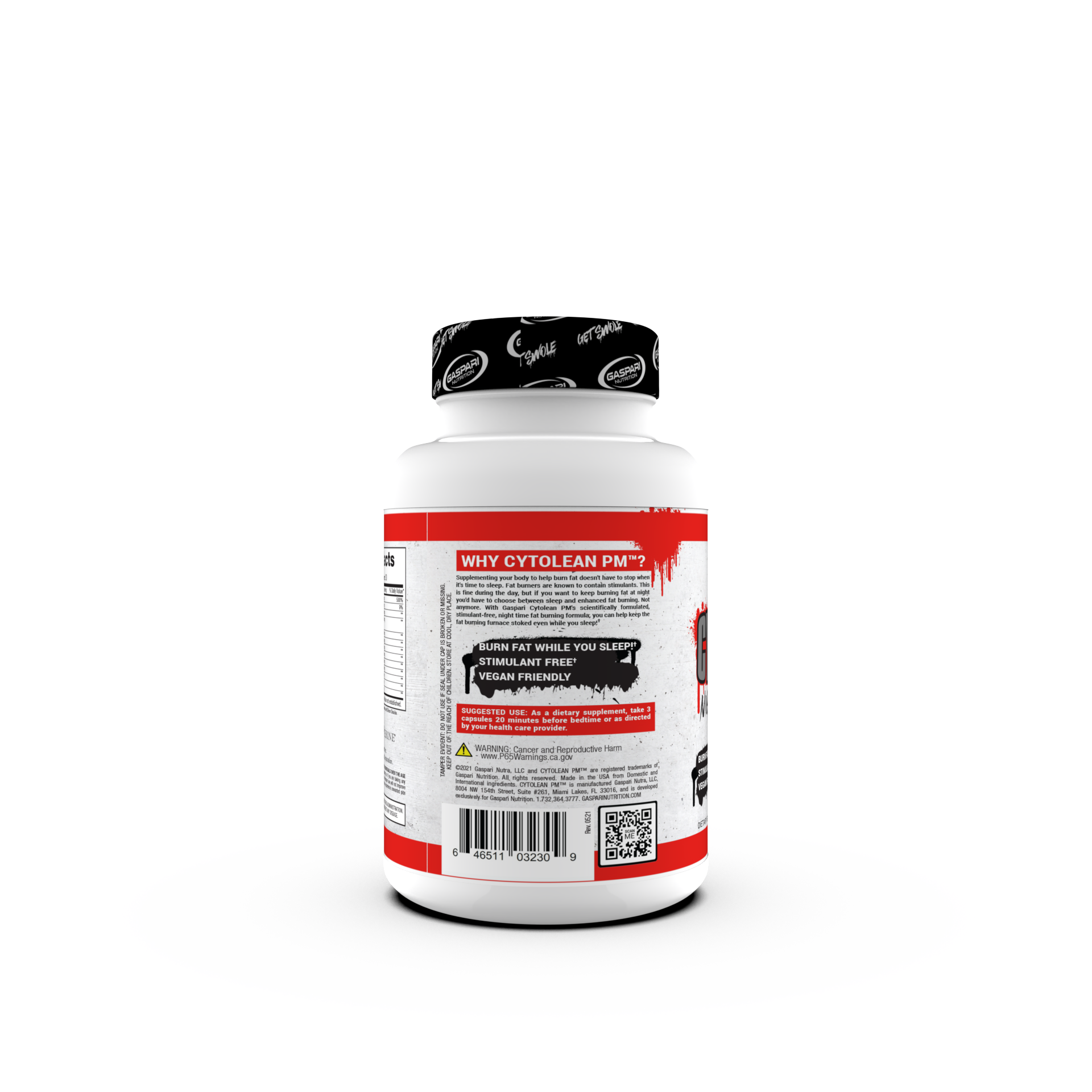
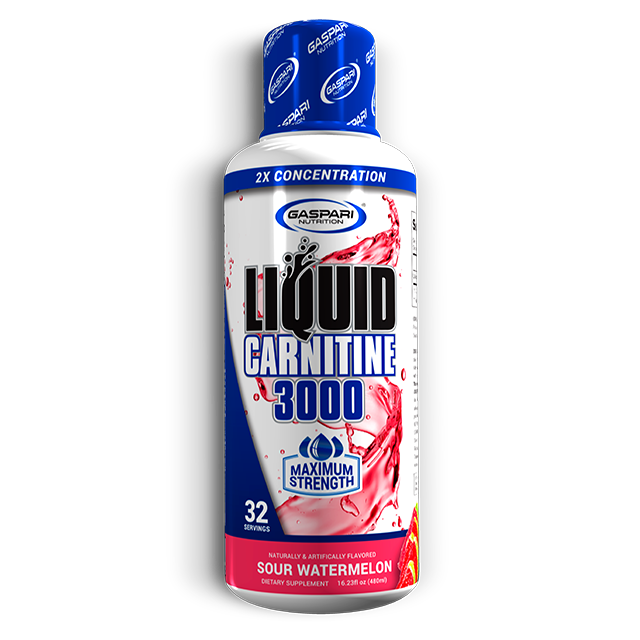
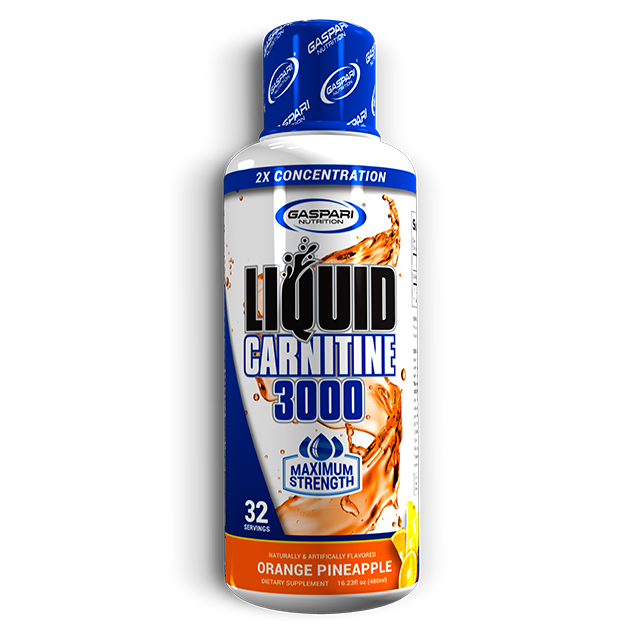
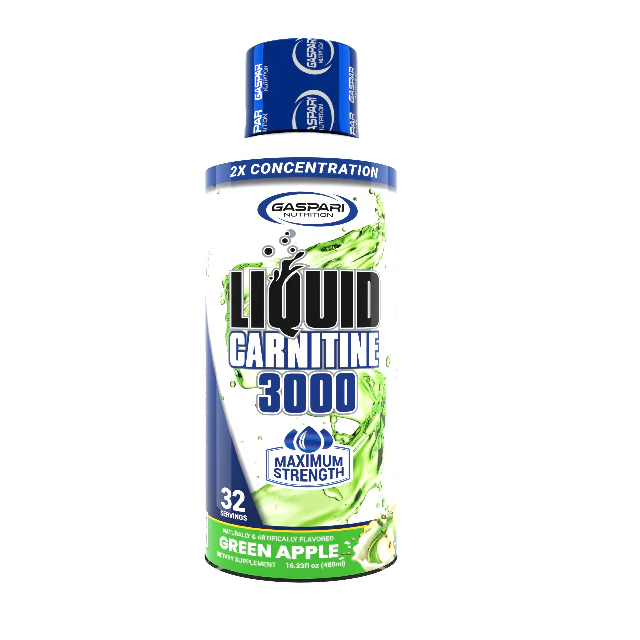








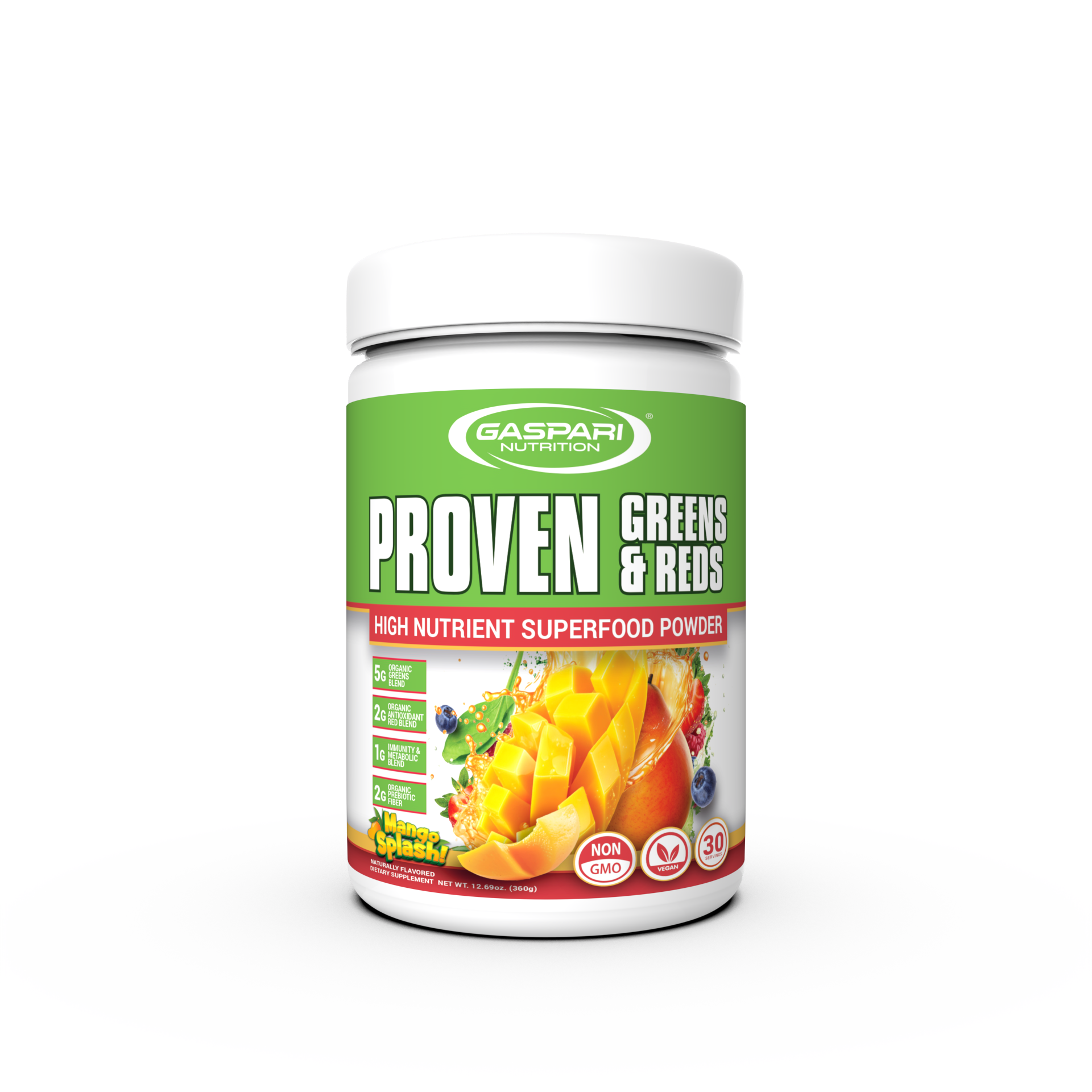

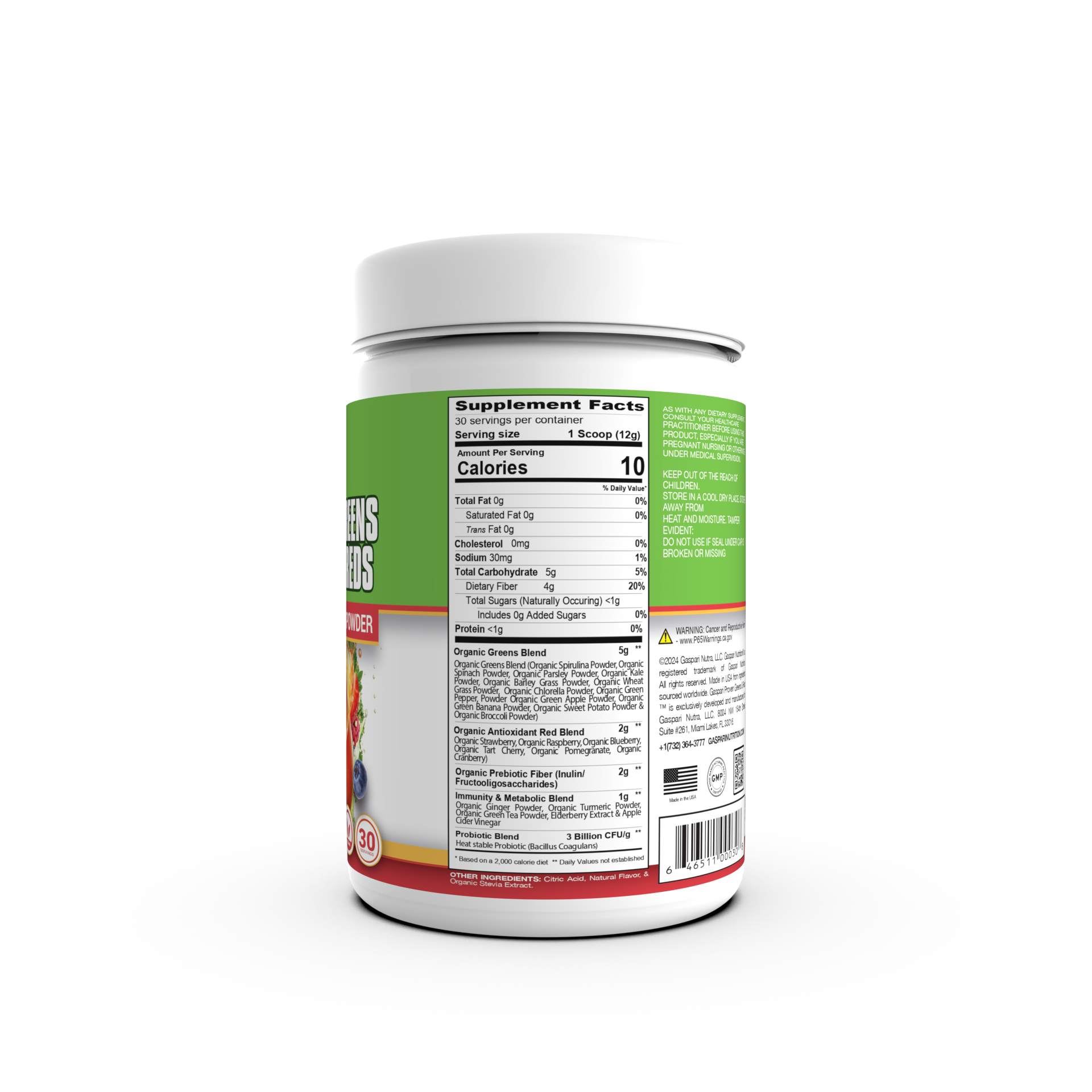
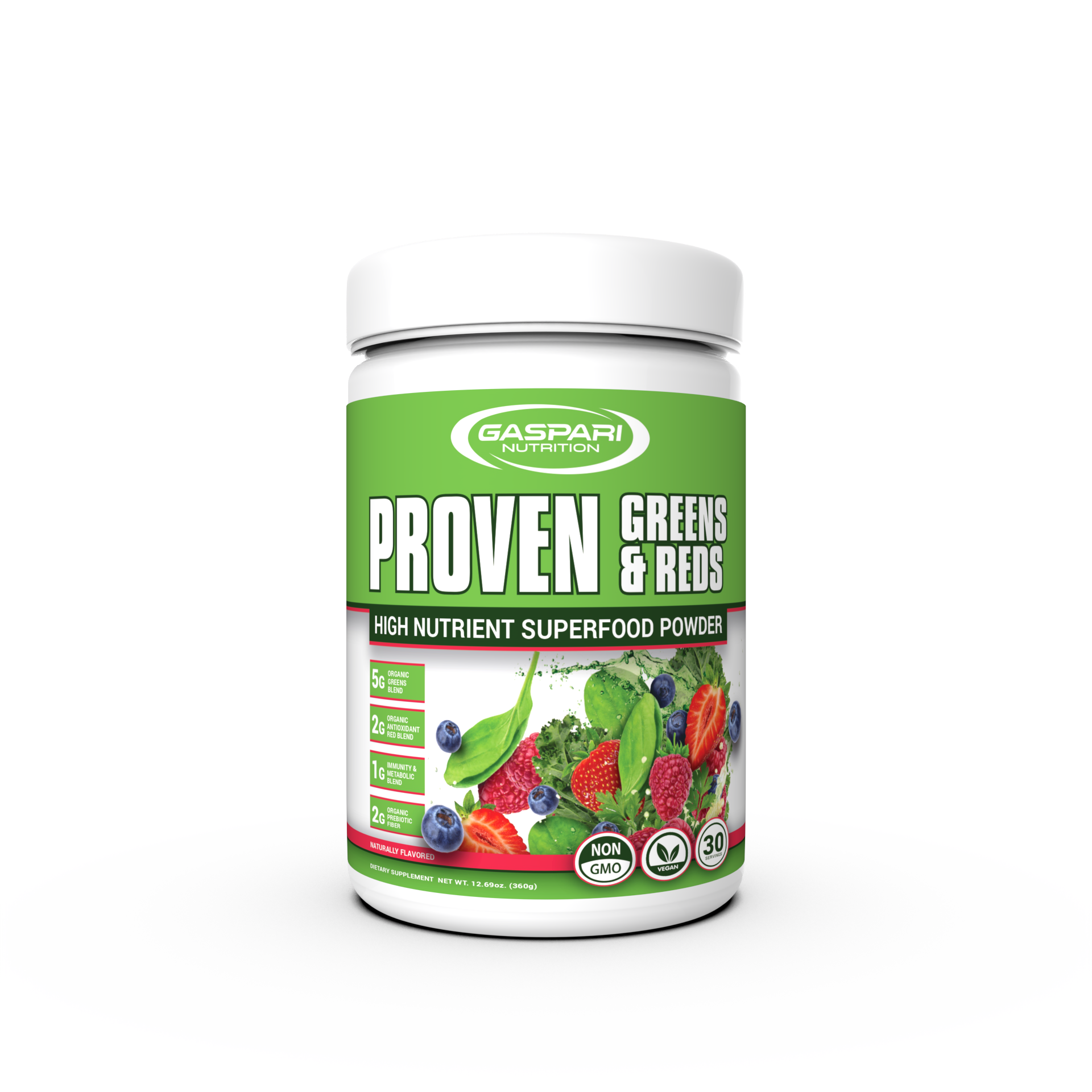
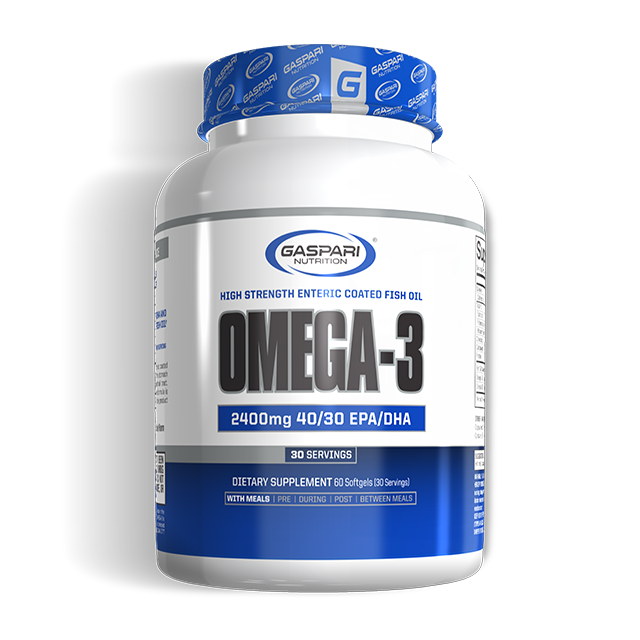
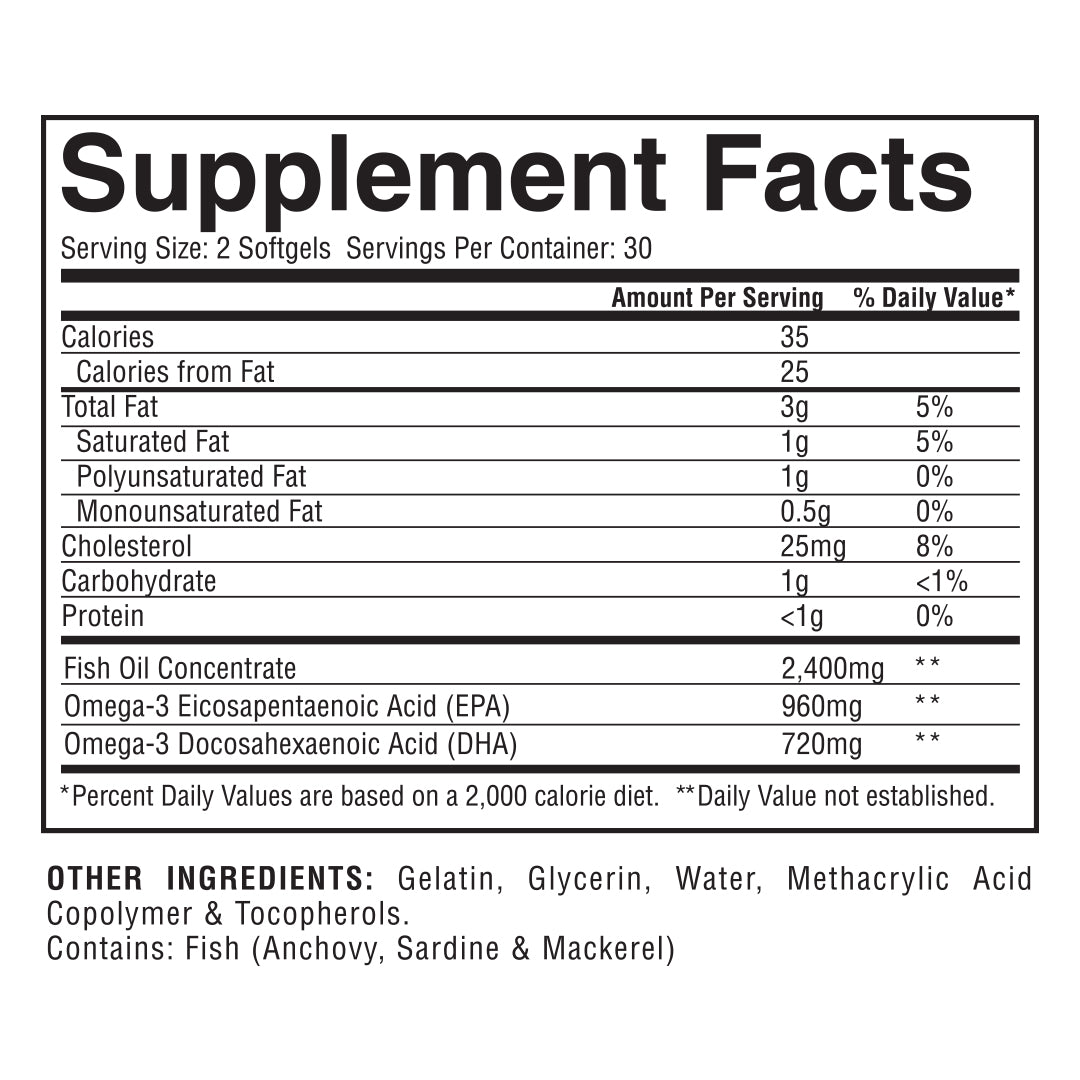
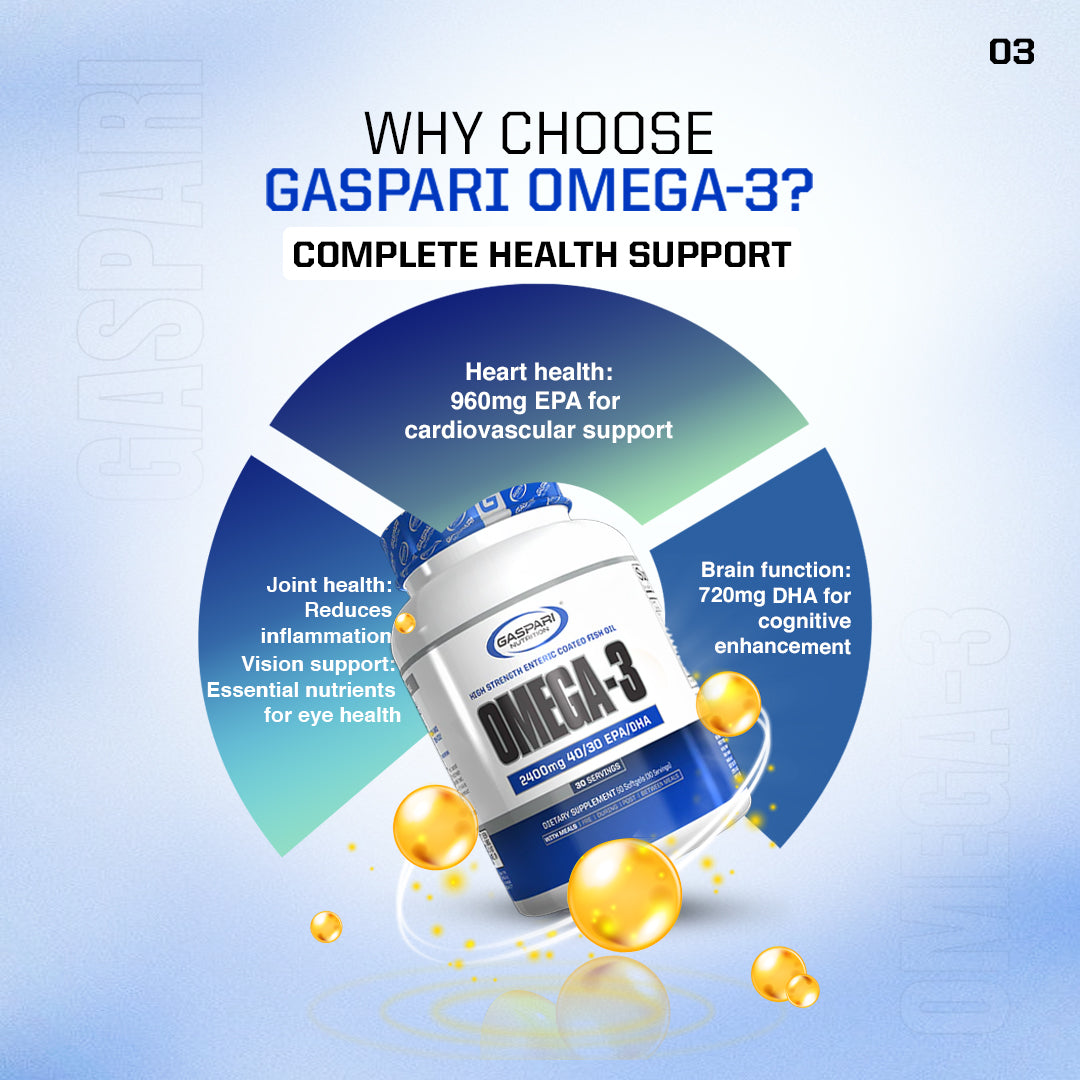


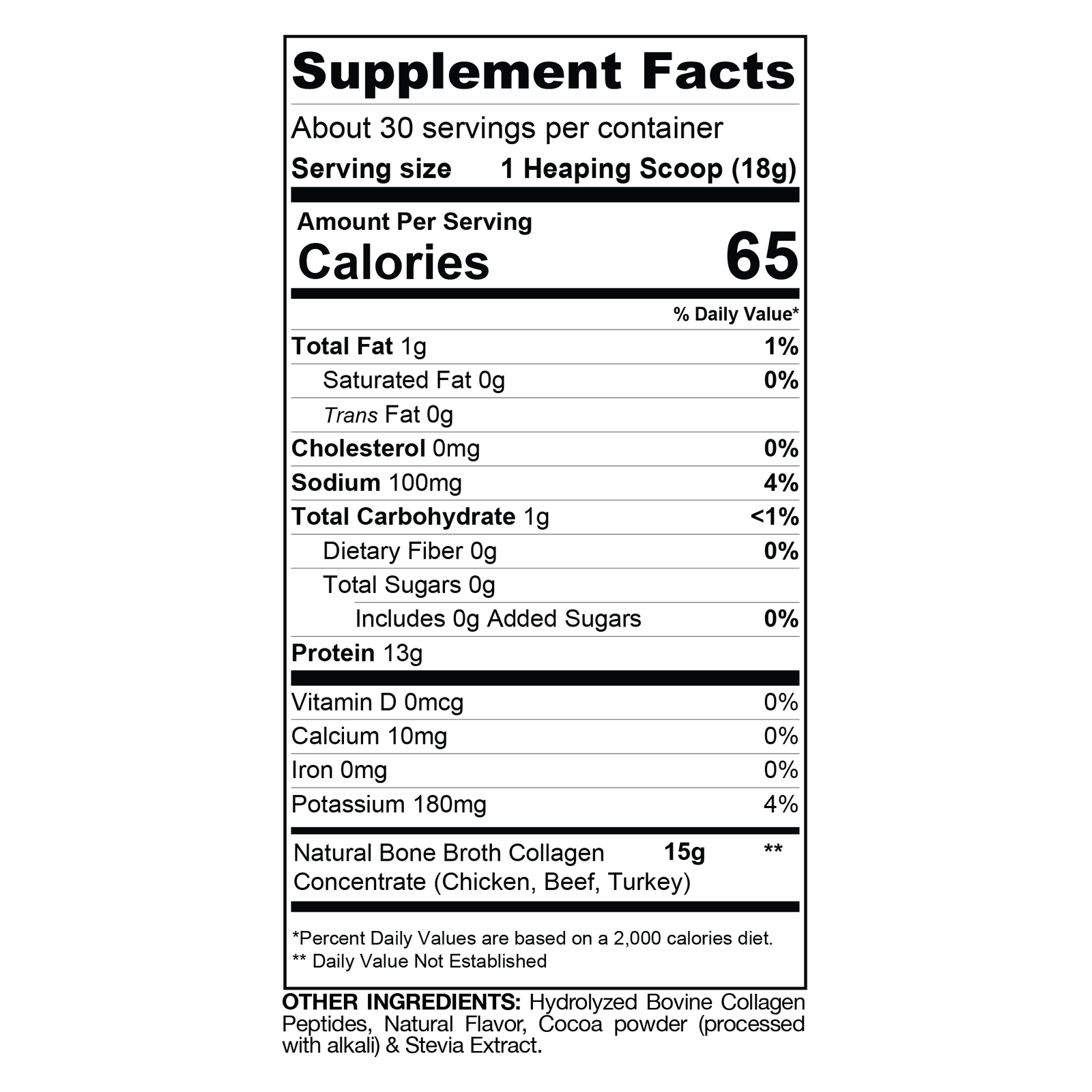
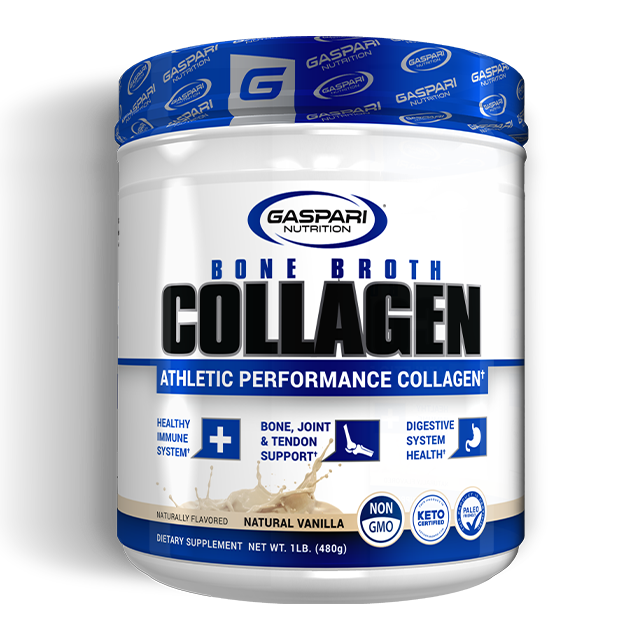
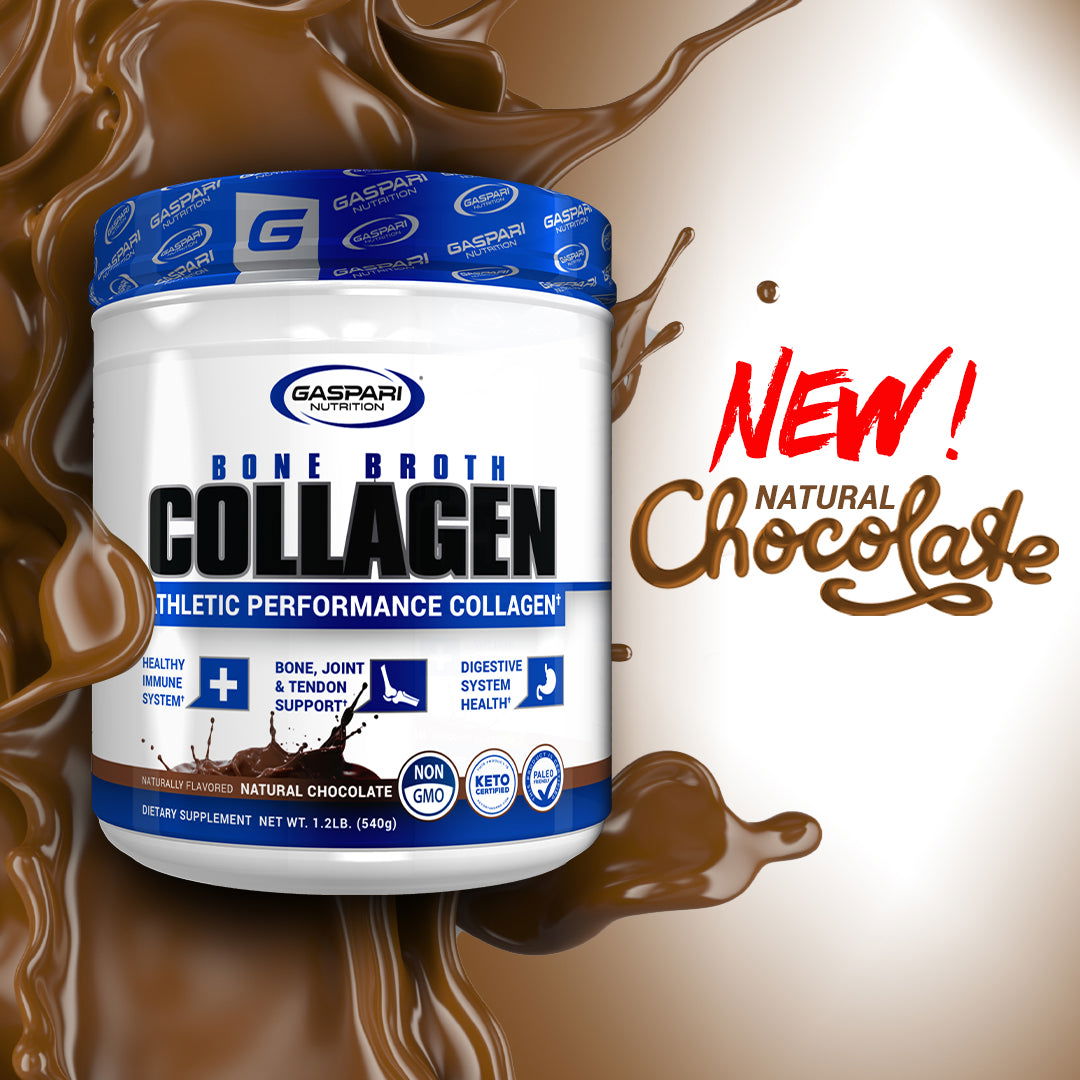
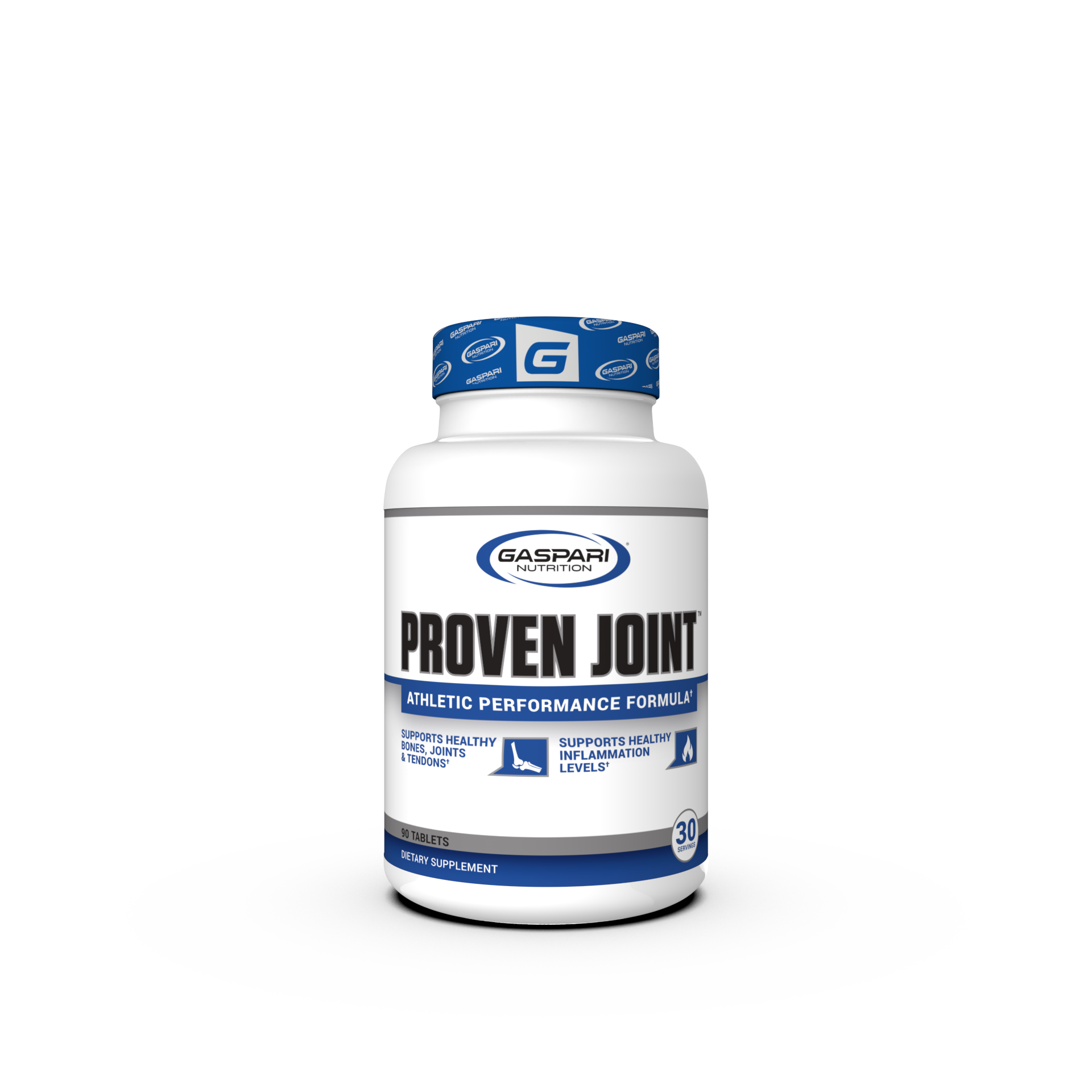
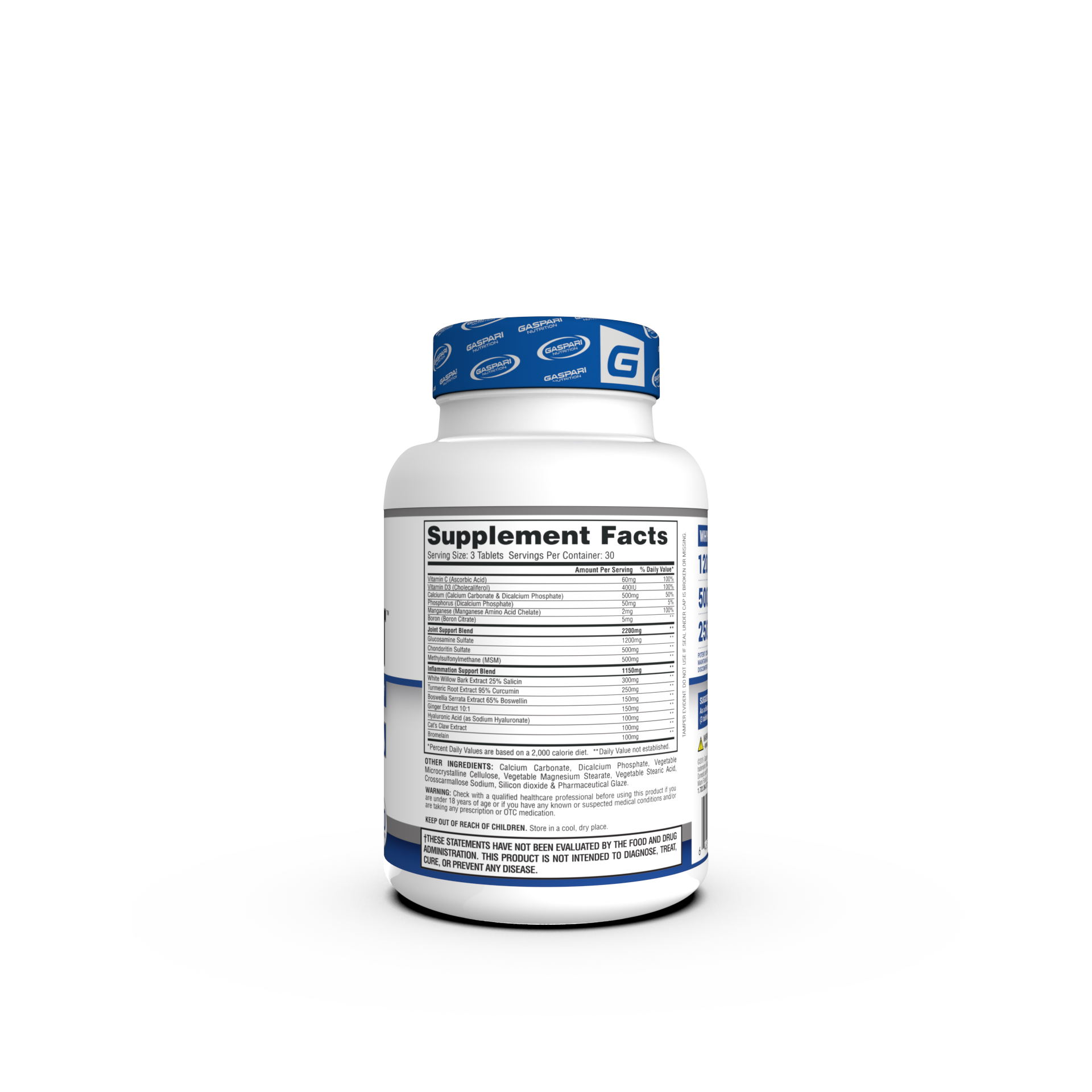
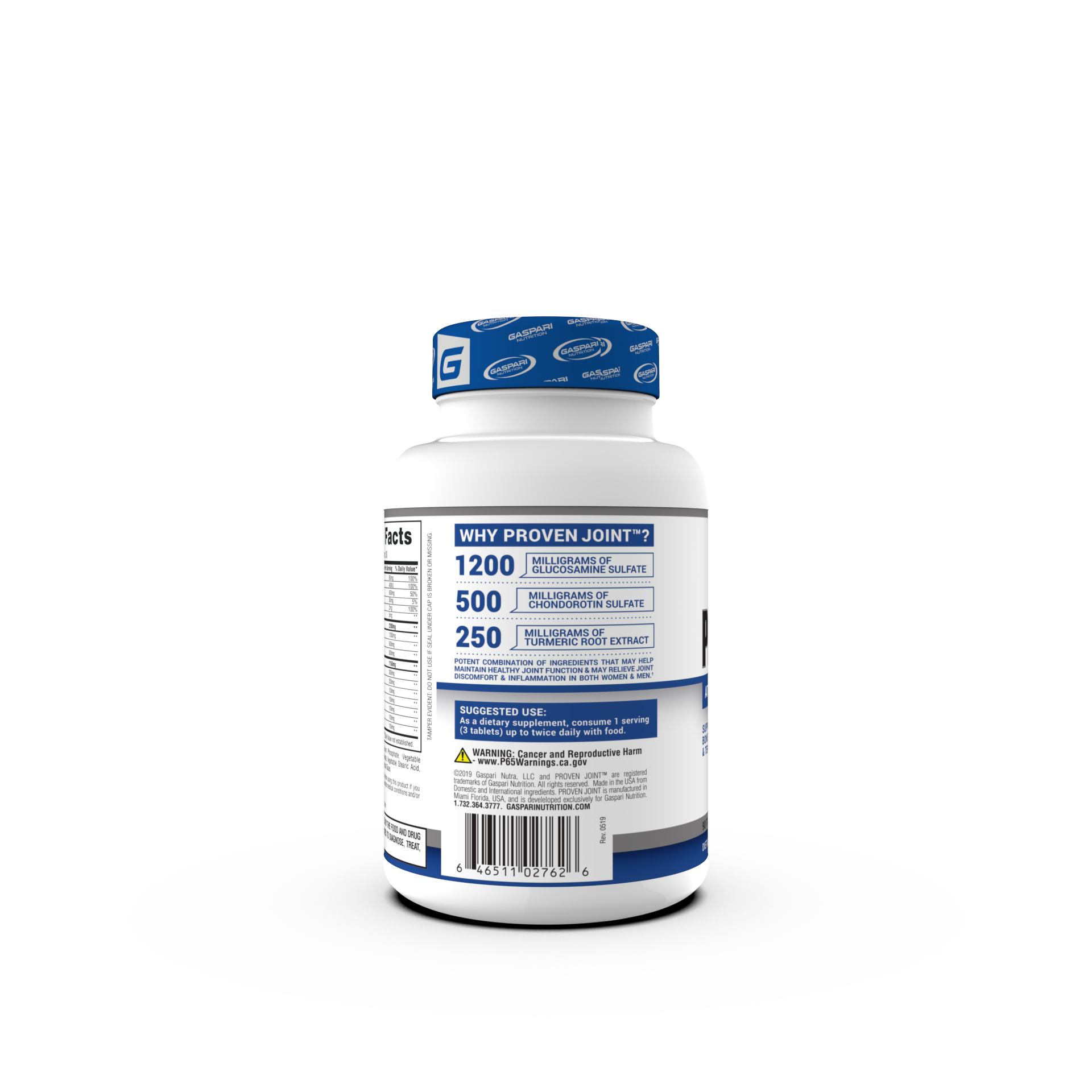
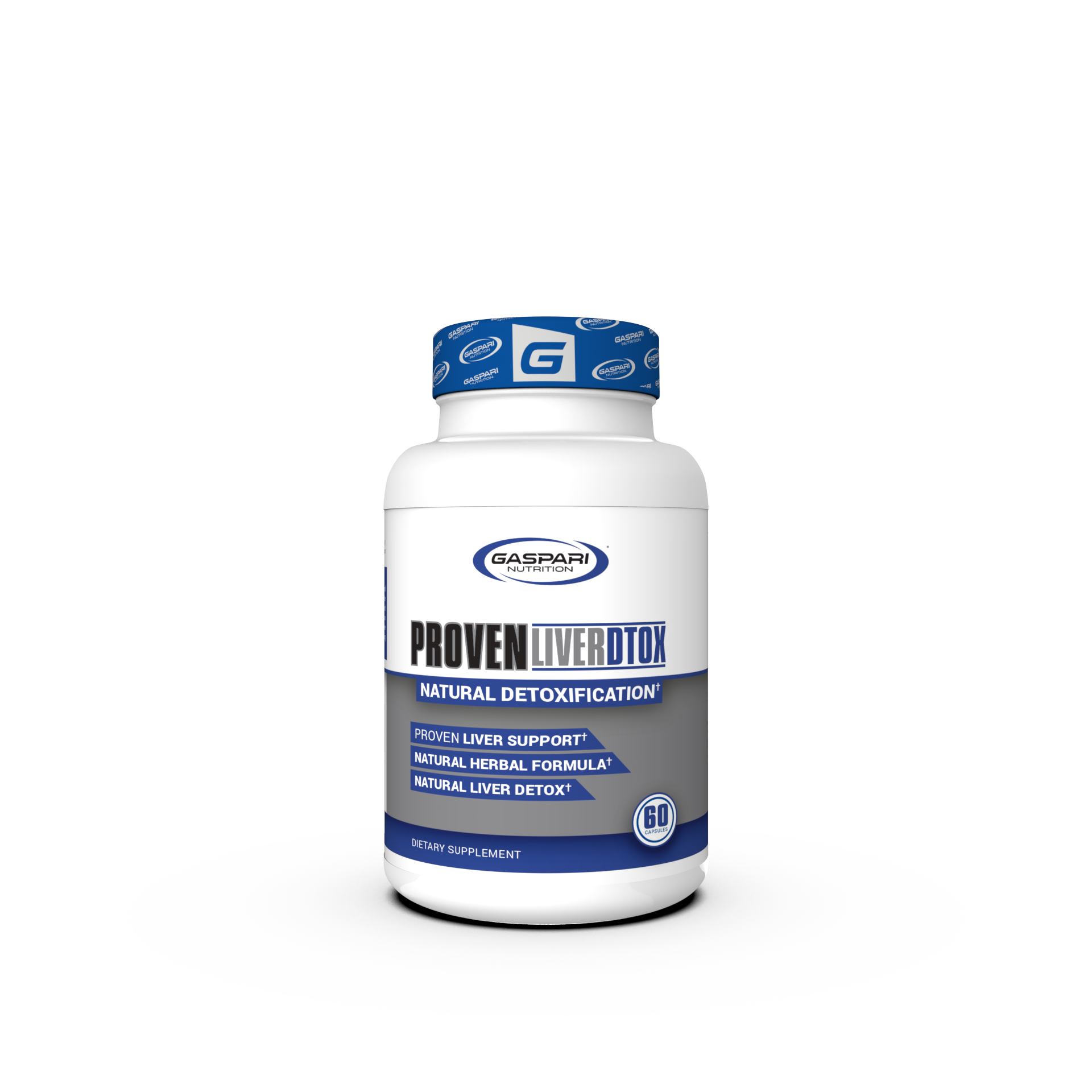

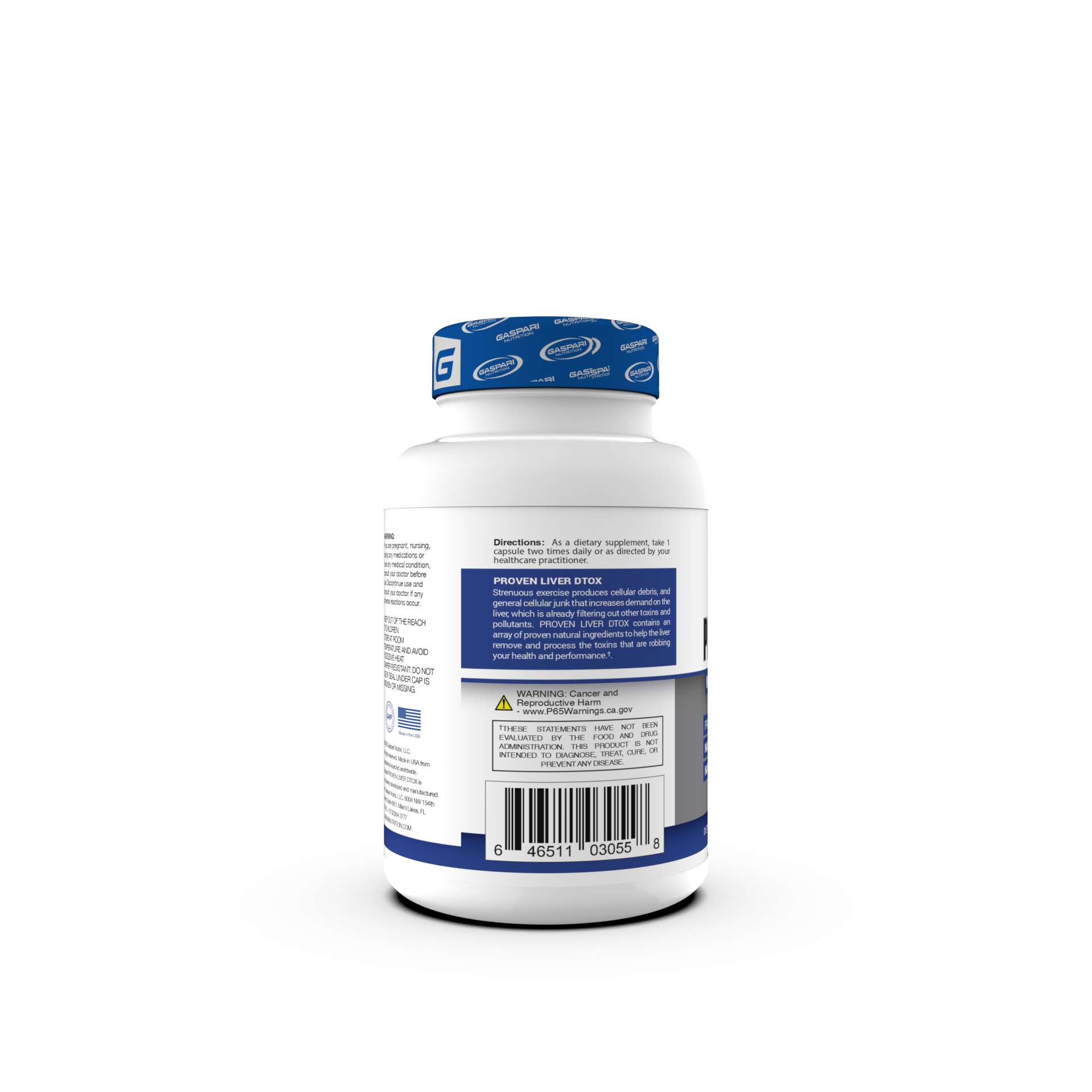
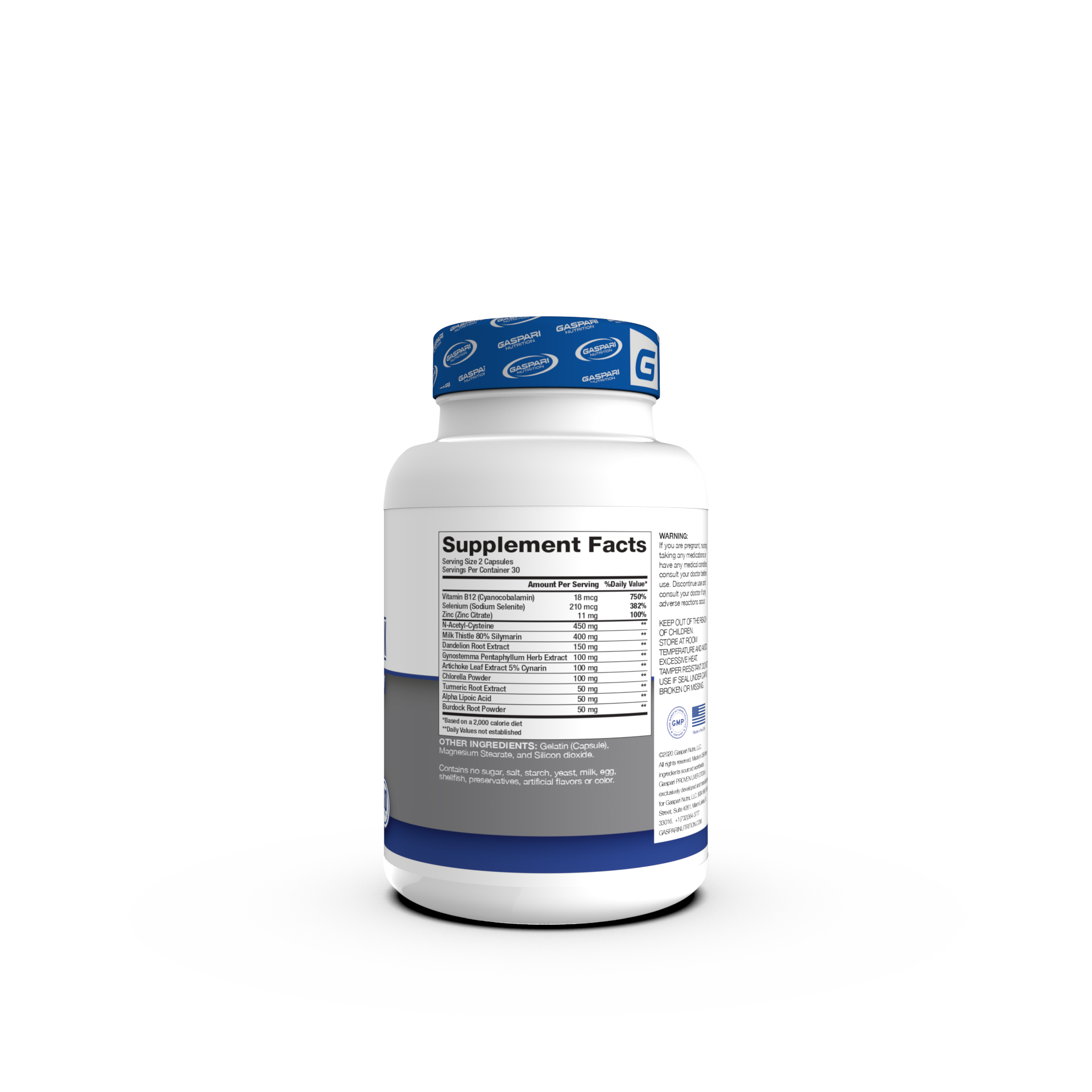
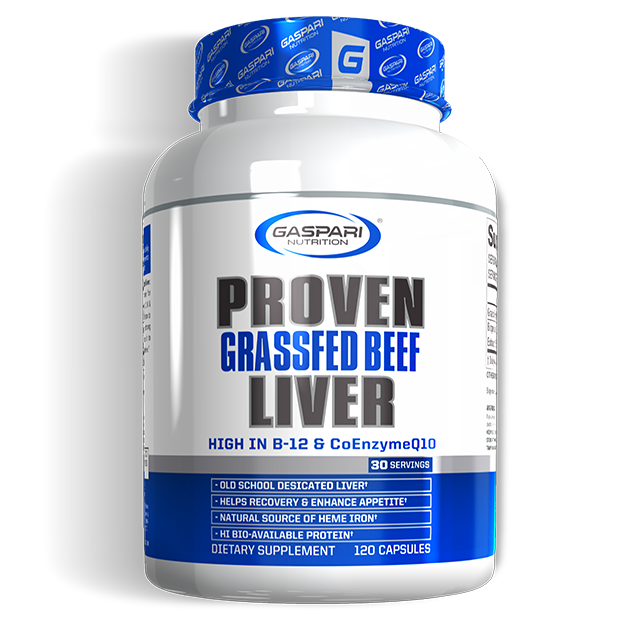
Share:
Knee Squats
Pre Exhaustion in a Shoulder Workout